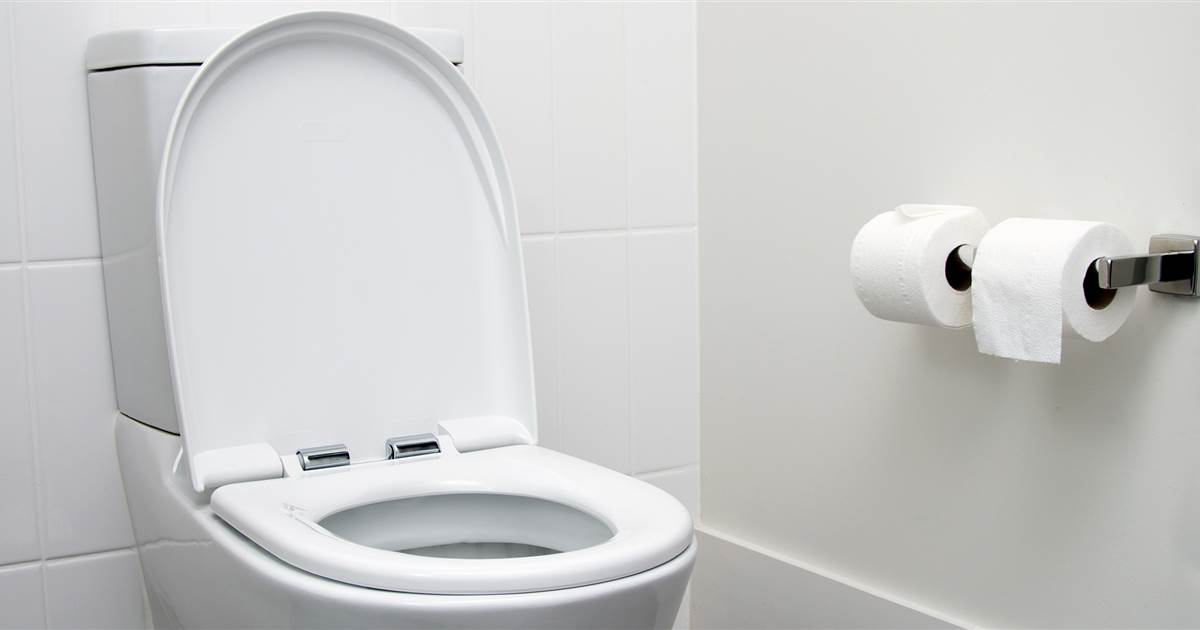
So you have a blocked toilet.
Chances are you are scouring the internet for that miracle bottle of drain unblocker or the latest tool to have a go yourself.
Take a moment to read this blog and it could save you a lot of time, money and effort….
blocked toilet causes and remedies.
Blocked toilets are usually caused by one of the following…
Scale Build Up.
Scale build up occurs due to hard water. The scale starts as a stain or residue in the toilet bowl and connecting pipework then gradually builds to form a jagged crust in the connecting drain pipes. This is then prone to tissue paper getting stuck, building up and the toilet bowl beginning to slow down when you flush.
Descaling
If use of a general de scaler from the supermarket has not kept the scale at bay. It is time for some further cleaning to bring the pipework up to scratch.
This needs to be done using rotary mechanical de scaling equipment. Or high pressure drain cleaning to be carried out by a professional.
Chances are the drains have not seen a maintenance clean in a while or ever. The good news is once they have had the initial pro clean it can then usually be managed by the use of relatively cheap de scalers as mentioned.
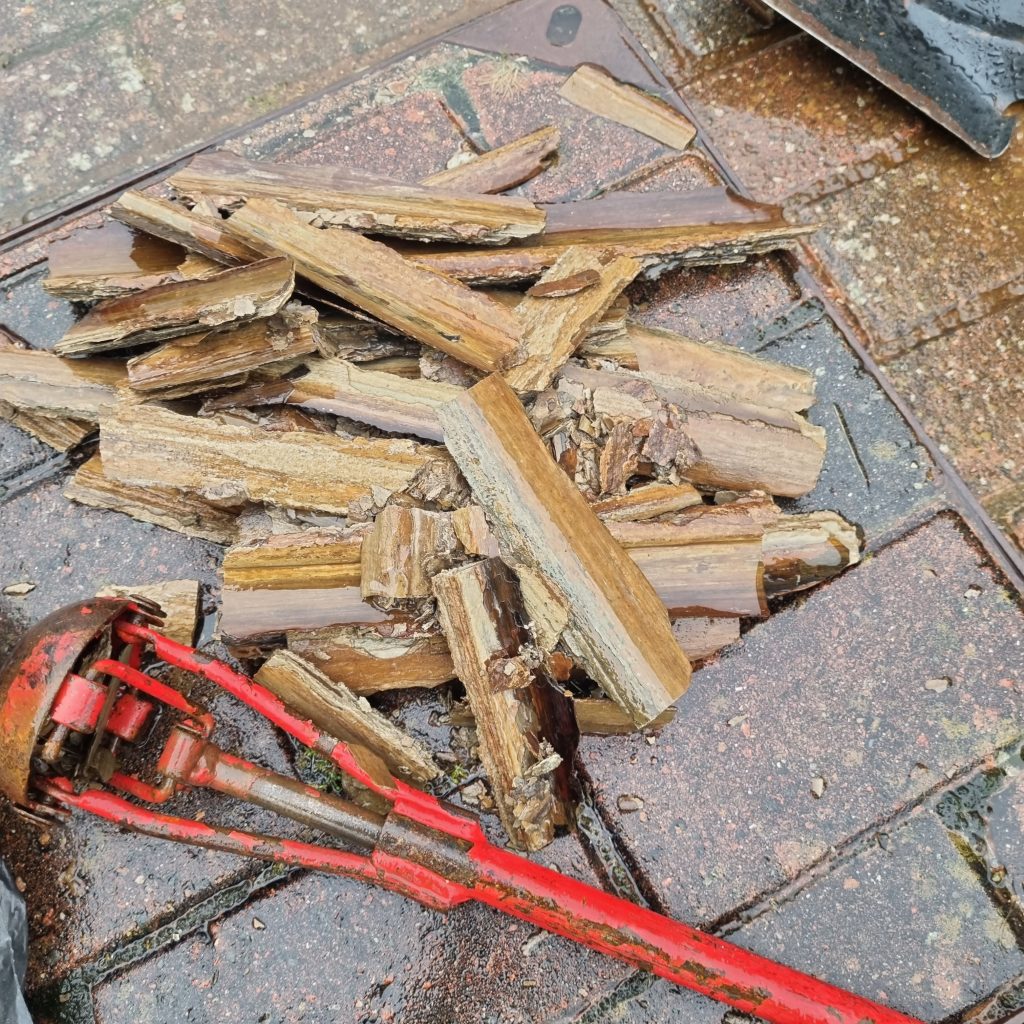
Too much tissue being flushed.
A blocked toilet due to too much tissue being flushed is a relatively easy fix if done correctly.
Toilet Tissue by nature is designed to dissolve and this helps us when attempting to clear it. It also means if the tissue travels further into the drain system it should not cause any further issues down stream.
Water.
The first step to try providing the toilet pan is not full already is to pour a bucket of clean water into the bowl. Forget home remedies of bicarbonate soda and vinegar its a waste of time.
Believe it or not it can sometimes be that simple. It could be the cistern at fault which is not allowing a sufficient flush to take away the waste.
If that is found to be the case, chances are a washer or float valve is at fault.
Plunging.
A lot of people struggle with plungers. mainly because they are using the wrong type or size for the job at hand, and do not provide an adequate seal inside the toilet pan when being used.
So do not waste your money on force cups, sink plungers and other plungers of this type.
Simply put you will need the following..
Gloves / eye protection / bucket / 1 x small drain rod and the following attachments. 1 x 4″ disk plunger / 1 x 6″ disk plunger.
The idea is to use the water as a hammer in a back and forth motion with your drain rod and connected choice of attachment depending on the outlet size. Not turning anticlockwise at any time to keep the rod and attachment screwed on securely.
NB –
When purchasing the disk plungers make sure they are a quality supple rubber type like the pictured below. These will move shape to seal the outlet unlike the cheap moulded plastic ones. The later can come apart and cause a secondary blockage.
Try to also be mind full that most attachments may have metal screw fixings which you have to avoid scratching the ceramic surface of the toilet pan when plunging a blocked toilet.
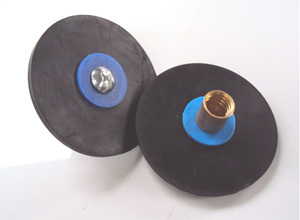
Sani snakes.
Sani snakes that are purchased at a hardware store are basically a small hand held wire that can be pushed around a toilets u bend in an effort to dislodge a blockage.
These are only of use if the blockage is just behind the pan as they are either too short in length to reach the blockage.
Or they just cannot be manoeuvred through the pipe or into a solid blockage. This is due to them being hand powered and very flimsy.
Professional Tools.
Professional tools are very expensive to purchase and maintain. If the above methods have been exhausted then calling in a drain company is the best option.
They will carry a variety of different tools for every scenario. For example removing a flushed foreign object or fixing a connecting blocked drain
These would normally include tools such as wet vacs, mechanical rotary drills, milling machines, extraction tools, high pressure drain jetting equipment, drain CCTV units and more.
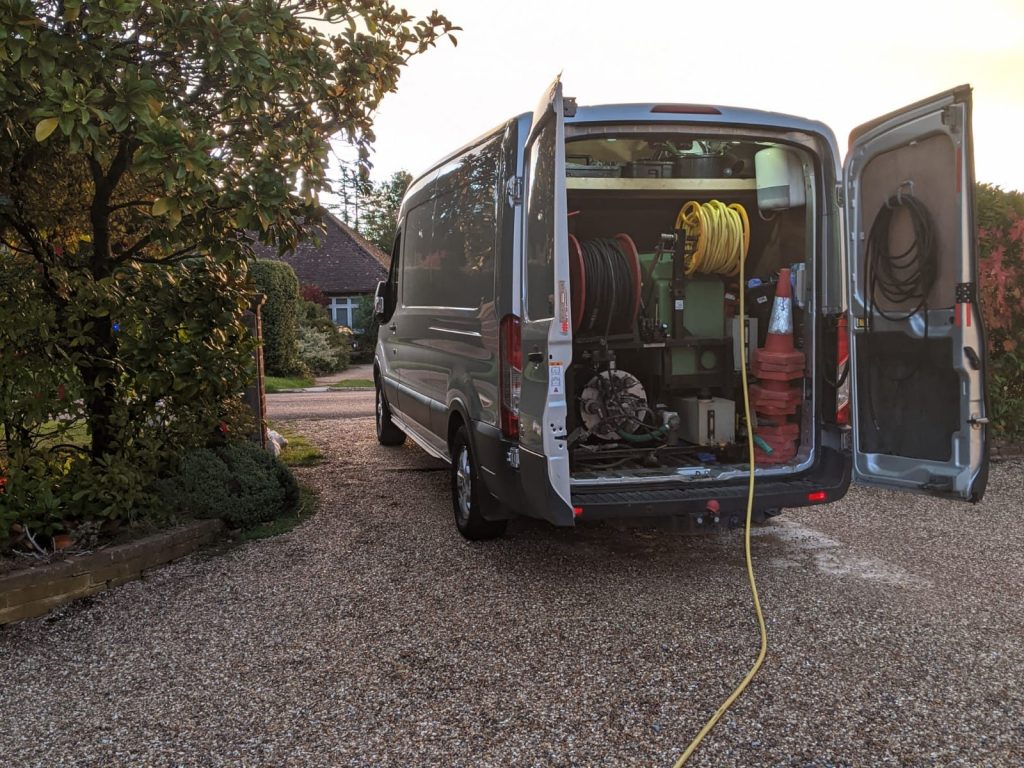
Chemicals & Caustic liquids.
Most caustic liquids are now prohibited to be purchased due to new UK laws concerning their misuse by a stupid minority.
Acids for example which have been used to clear blockages in the past can actually cause more harm than good.
Because they are produced at such high potency levels they can burn through rubber toilet pan connectors, tarnish bathroom ceramics and are obviously very dangerous if used in the wrong way.
They can cause serious burns, blindness and also effect your breathing if used incorrectly as they can produce a gas if mixed with certain household bleaches or cleaners.
Knowing how your toilet works.
Cistern.
Now you know the basics of unblocking a toilet you need to understand how your toilet works.
Your toilets Cistern is the holding tank that contains the fresh water for your toilets flush and the working mechanism to produce the flush itself.
water is fed in from the properties water supply usually to a bottom or side entry inlet valve. This should have an inline isolation point in the event of flooding or in the need of repair.
The inlet is opened and shut by the use of a float or ball valve. When the water rises to the correct level a lever pushes up against a small washer or pin. This stop the water coming in.
When flushed a diaphragm lifts up in what is called a syphon unit, this allows water to pass into the toilet pan and takes away the waste. approx. 6L of water on a full flush.
Because the ball valve or float has now dropped due to the water level it again allows the cistern to fill to the set level for the next flush.
Common faults include split washers to the inlet valve. This can considerably slow the time it takes for the system to fill. Giving an insufficient flush that will cause a blocked toilet.
A sticking syphon or split diaphragm. This does not allow the holding tank to fill up. Evident by water entering the toilet pan without the flush being used.
Pan connectors.
Most toilets are connected to the foul drain pipe using a pan connector. These come in many different variety’s, for example straight , 90 degree or with extra waste inlet from something like a basin.
In the event a toilet is ever removed for access to the drain pipe. These connectors should always be replaced so not to leak and provide a water tight seal again. As they can dry up and will rarely reseal.
Foul drain pipes.
As the waste is flushed from the pan via the pan connector it enters your drain pipes. These are usually made with either glazed clay, plastic, cast iron or specialist materials in certain settings i.e.- laboratories / prisons cells which may use clear materials such as glass etc.
It is at this point they will pick up either a SVP soil vent pipe, main drain or similar. In which case services may be needed for a blocked drain.
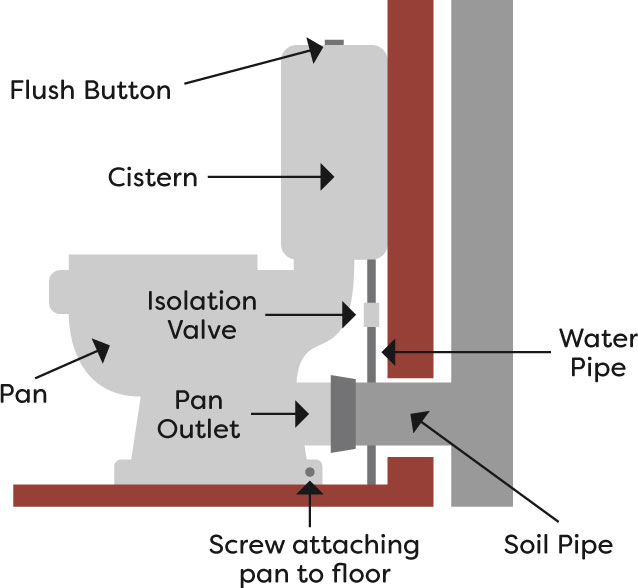
If our services for blocked drains, blocked toilets, blocked sinks, drain CCTV, maintenance are needed and you live in the southeast of England (UK) Please contact our staff and we will be happy to help.
Thankyou for reading. Why not like and subscribe to our media and make the most of our offers, news, tips and services. 4 Drains. Or continue reading our blog.
Or contact 0800 169 2220.
